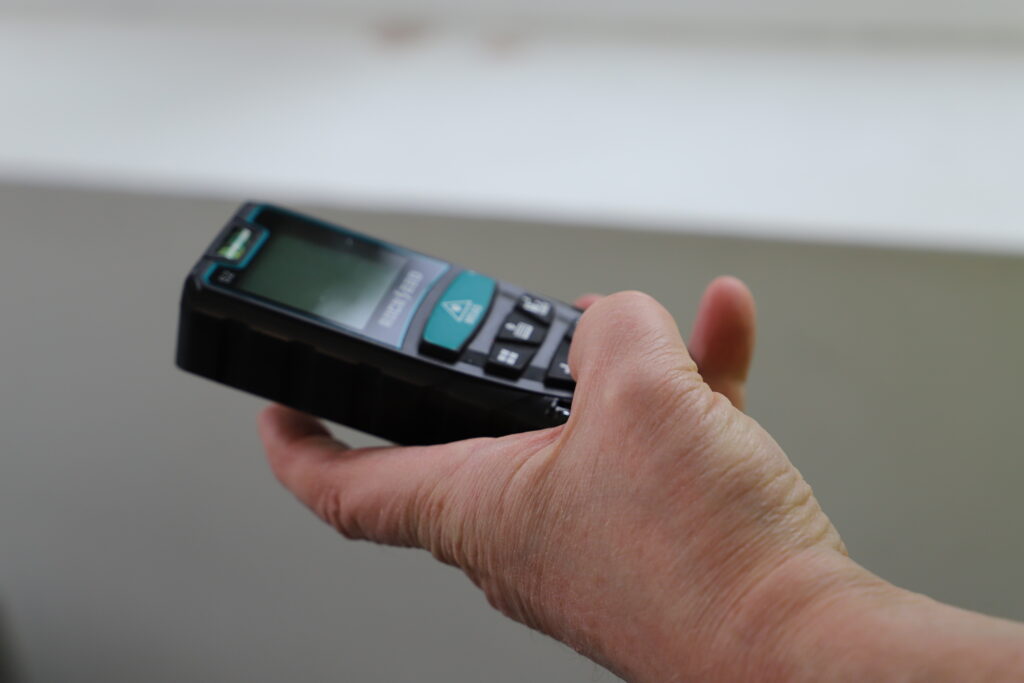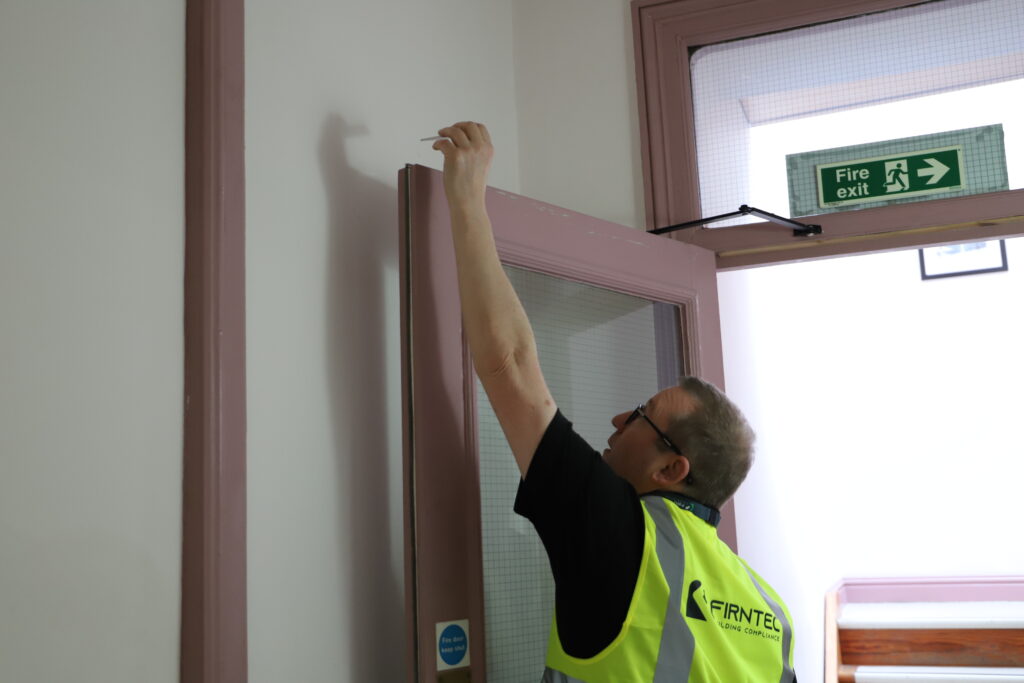
While healthcare facilities require many of the same surveys as other buildings, their importance is heightened due to the vulnerable nature of occupants and the continuous use of these spaces. In this blog we explore some of the more common surveys and how frequently building managers should complete them. Essential surveys in the healthcare built environment include:
Assessing the integrity of aging buildings, particularly in hospitals with extensions or modifications which are becoming more and more common.
In the UK, there is no specific legal requirement that mandates a fixed frequency for completing structural surveys in hospitals. However, hospitals are generally required to ensure that their buildings are safe and well-maintained under the Health and Safety at Work Act 1974 and Building Regulations 2010.
Typically, structural surveys or investigations should be conducted:
Additionally, healthcare buildings with high footfall and operational demands should have ongoing monitoring to identify any early signs of structural issues, ensuring that corrective actions can be taken promptly.
Required under the Fire Safety Order to identify any potential fire hazards and ensure fire safety compliance of your building.
Fire Risk Assessments (FRAs) must be reviewed regularly to ensure they remain valid and up to date. Under Article 9 of the Regulatory Reform (Fire Safety) Order 2005, the Responsible Person is legally required to review the assessment:
Regular reviews help maintain compliance and ensure fire safety provisions remain effective, particularly in healthcare environments where building layouts and operational demands frequently change.
A Fire Risk Appraisal of External Walls (FRAEW) should be completed for healthcare facilities in line with PAS 9980:2022 guidance and where required under the Regulatory Reform (Fire Safety) Order 2005. While there is no legally mandated fixed frequency, the FRAEW should be conducted:
Healthcare settings, especially hospitals and care homes, should ensure FRAEWs are regularly reviewed alongside general fire risk assessments to maintain compliance and occupant safety.
A Fire Door Survey should be completed in healthcare facilities regularly to ensure compliance with the Regulatory Reform (Fire Safety) Order 2005, BS 9999, and BS 8214. While specific requirements vary, best practice recommends:
A Compartmentation Survey should be conducted in healthcare facilities to ensure fire compartments effectively prevent the spread of fire and smoke, in line with the Regulatory Reform (Fire Safety) Order 2005, BS 9999, and HTM 05-02 (Healthcare Firecode). Recommended frequencies include:
Given the complexity of healthcare environments, regular monitoring and prompt remediation of breaches are essential to maintaining effective compartmentation.
An Asbestos Survey in healthcare facilities is required under the Control of Asbestos Regulations 2012 to manage asbestos risks and ensure patient and staff safety. The frequency of surveys depends on the type of assessment:
Healthcare environments, especially hospitals and care homes, must maintain accurate asbestos registers and management plans, ensuring all staff and contractors are aware of any identified risks.
A Legionella Risk Assessment in healthcare facilities is required under the Health and Safety at Work Act 1974, the Control of Substances Hazardous to Health (COSHH) Regulations 2002, and the Approved Code of Practice (ACoP) L8. The recommended frequencies are:
Healthcare facilities must ensure ongoing water monitoring, temperature checks, and system maintenance to reduce the risk of Legionella contamination and protect vulnerable patients.
Several Electrical Safety surveys in healthcare facilities are required under the Electricity at Work Regulations 1989 and BS 7671 (IET Wiring Regulations) to ensure systems remain safe and compliant. The recommended frequencies are:
Given the critical reliance on electrical systems in healthcare environments, regular testing, maintenance, and prompt fault rectification are essential to ensuring patient and staff safety.
Carrying out surveys in live healthcare environments presents challenges such as restricted access to key areas, patient safety concerns, and the need to maintain continuous operations. Firntec work in line with the guidance provided within the Health Technical Memoranda (HTM) insuring all elements and policies are up to date establishing best practices within a hospital environment Building managers can mitigate these issues by scheduling inspections during lower-footfall periods, working with surveyors experienced in healthcare settings, and ensuring staff are informed in advance to facilitate access where required.
Gathering survey data is only the first step, acting on findings is essential to maintain compliance. Risks identified must be documented, prioritised, and addressed according to severity. Fire door defects, compartmentation breaches, and high-risk findings must be rectified immediately, while lower-priority concerns should be scheduled for corrective action. Maintaining thorough records of inspections, remedial actions, and ongoing compliance efforts is crucial.

Healthcare environments demand a proactive approach to building surveys, balancing compliance with operational requirements. Regular assessments, clear action plans, and partnering with experienced compliance specialists help ensure safety, legal adherence, and minimal disruption to essential services. Firntec provides expert support to healthcare facilities, ensuring buildings remain safe and compliant in these complex environments.
©2024 Firntec LTD. England. Company Number 13460282.
